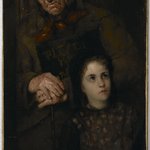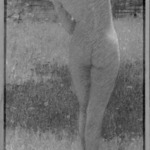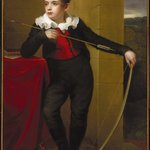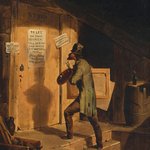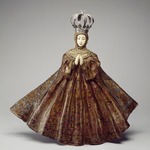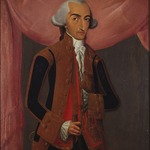What can you tell me about 52.166.1?
That painting was done by an artist named Miguel Cabrera. We have another Cabrera portrait on view in the American Identities galleries of a woman named Dona Maria de la Luz. The man in the painting you're seeing was the Count of Santiago de Calimaya, Don Juan Xavier Joachin. The inscription on the left of the painting tells of his many court appointments as governor of the Philippines.
Don Juan Xavier Joachín was a descendant of Luís de Velasco, New Spain’s viceroy who, in addition to inaugurating the first university in North America in 1553, freed 15,000 indigenous people from domestic servitude and work in labor camps and mines. Unlike many colonial officials of Spanish birth, the viceroy considered himself a Creole.
How common are these inscriptions in portraits like these? Was it a request of the subject?

Inscriptions such as this are not uncommon, especially in Spanish colonial paintings. They would have been a part of the commission and served to help identify the subject.
This inscription lists the many titles conferred upon this nobleman by the Spanish government. It also includes a death date, in this case, suggesting that this portrait was painted after his death.
I really enjoy the colors in this painting (specifically the light blue and reds). I'm very curious to know why Miguel Cabrera portrayed this specific embroidery on the Don's clothing. Do you any insight or thoughts on this?

The colors are so rich! The fashion depicted is very close to the styles then popular in Europe. It seems that the elite of New Spain were using clothing to conspicuously demonstrate ties to Europe. The pattern resembles so-called bizarre silk popular in the mid-18th century. These had two different patterns overlapping one another.
You can see another example of this type of patterning in the portrait of Doña Maria nearby (the woman in yellow and white with spots on her face).
Ah hah. I see! All of this makes sense. Thank you for this wonderful information. I'm learning so much tonight
Quite a proboscis.
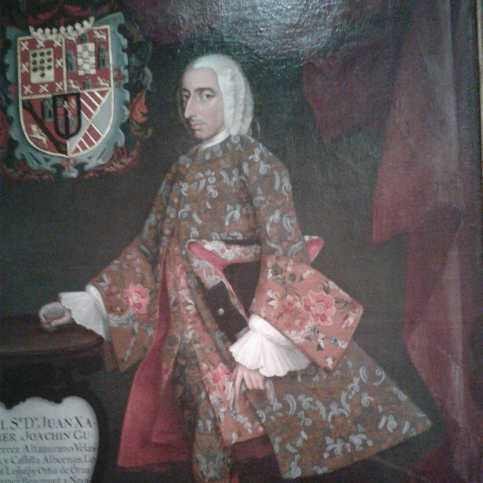
You've got a real nose for details! Knowing that this pose was likely carefully chosen between the artist and the sitter, I would think that this feature was something Don Juan, was quite proud of!
He was a descendant of New Spain’s viceroy. Something else to be proud of: in addition to inaugurating the first university in North America in 1553, he freed 15,000 indigenous people from domestic servitude, work in labor camps, and mines.
How would you describe the style he uses for this painting?

This painting is an example of colonial portraiture which was very similar to that of Europe at the time, serving as a reminder that wealthy American citizens had the same tastes as the European overlords. At the same time, colonial elites were interested in reminding people of their status and portraying themselves as comparable to European lords. Therefore, you see an extra emphasis on titles and heraldry.














